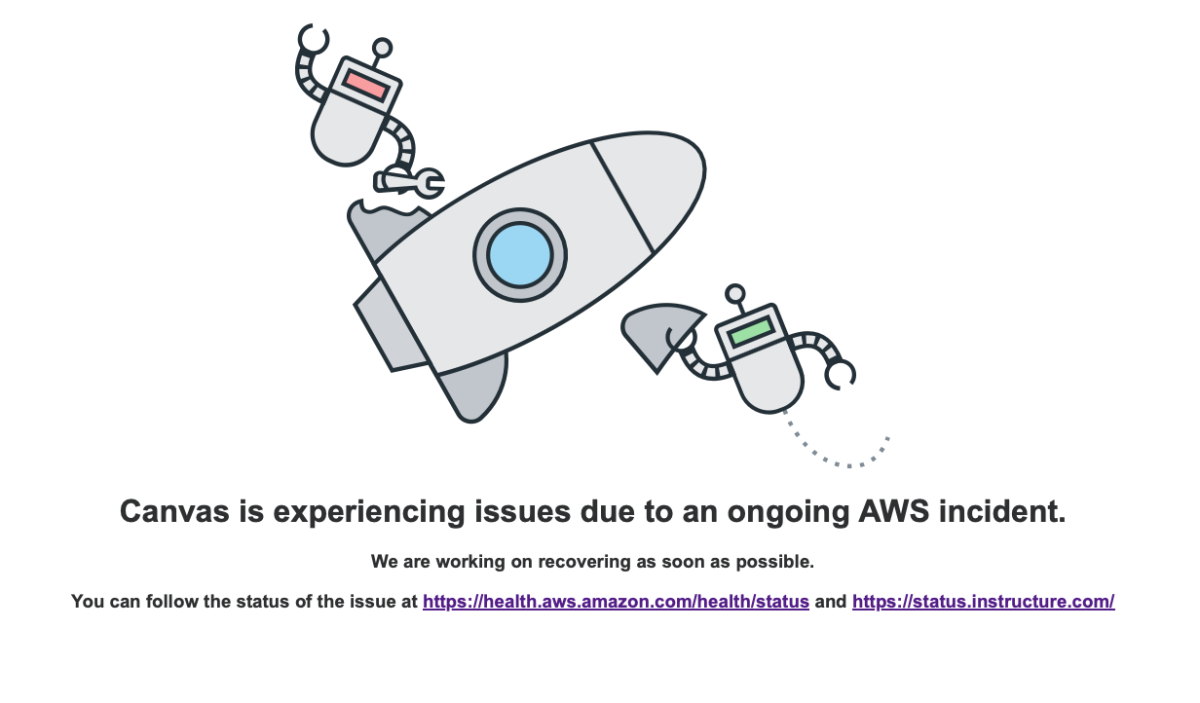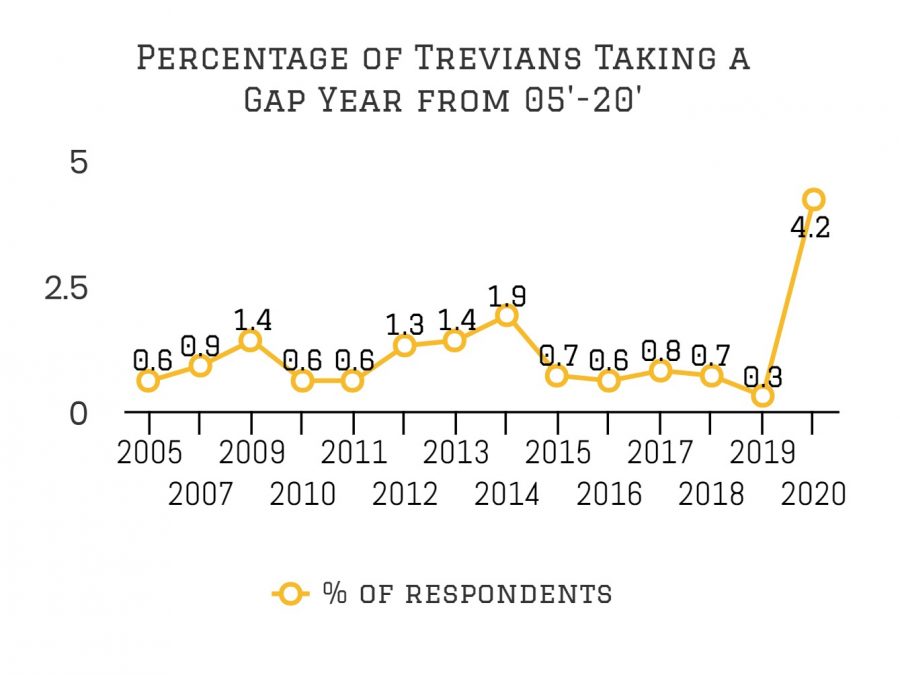I was launched into a new world on a random September day in eighth grade, and it was—to say the least—terrible. It all started in my English class when I was assigned my very first in-class essay to complete in a 40 minute time period. I remember sitting at my desk, typing with desperation that a thirteen-year-old me had never encountered before, and flipping furiously through “The Hunger Games,” a book I just finished reading in class about a protagonist Katniss Everdeen who is reaped to compete in the annual Hunger Games games where she must kill all of the other contestants in an arena to win.
I was stressed; I only had 40 minutes to write an entire essay. Introduction, conclusion, and three body paragraphs all needed to be written within a 40 minute time period. There was no time to stop writing. There was no time to edit my analysis. My bare and basic argument filled the page. I remember looking back on my work and feeling upset by how bad it was due to the time limit.
In other words, subtract 10% of the stress Katniss Everdeen endured in “The Hunger Games” and apply the other 90% to me.
It is with these moments that I remember a different version of myself: a thirteen-year-old who was only just writing her first in-class essay on “The Hunger Games:” a girl who was ignorant to how horrible the in-class essay is, and a girl who was about to write more for the rest of her school career.
Throughout the rest of eighth grade, I wrote countless in-class essays on various books we read in class. While I remember my writing skills improving as I learned to write quicker, I also remember never feeling very proud of my work.
Part of my failure with the in-class essay is due to personal writing skills, but the other part is due to the time limit. It is unfair to give students 40 minutes to write an entire essay on an integral part in a book. This is why students should be given at least 60 minutes to write an essay.
Another condition students need to thrive with the in-class essay is preparation. From my experience, I find that at least having a document or paper that hints at the essay prompt and allows me to write quotes on to use during the essay saves me a lot of time and stress on essay day
During sophomore year, I wrote an in-class essay on “Frankenstein,” and was given a sheet with the essay prompt and space to put quotes that I planned to use in the essay. This was extremely helpful, as I felt like my teacher essentially gave us a cheat sheet to use and ace the essay.
Walking into class on essay day, I brought my most thoughtful thinking and strong analysis for the hour we were given to write. I felt less stressed while writing the essay in class, and it gave me more time to plan my argument beforehand.
Yet, this year, I wrote an in-class essay on the summer reading book, “The Namesake,” and it did not go well for me.
My teacher told our class that we would write an in-class essay in advance, and even gave us a sheet to fill out online with a hint at what the prompt would be and some space to write down and analyze quotes.
Like the “Frankenstein” in-class essay, I found this preparation to be useful. This should have meant that walking in I would feel more prepared, but I did not. Instead, I was thrown a curveball.
When I went into English class on writing day, the assignment instructions said that in the 40 minutes I had to write an entire essay, I also needed to find two additional quotes from “The Namesake” to add to my argument.
I absolutely fumbled this essay. I only wrote two paragraphs because I spent half of my time trying to develop an idea to answer the prompt with and the other half looking for the two additional quotes I was instructed to find.
After my experience with the in-class essay sophomore year, I thought I had partially overcome this obstacle, but I was wrong. I was not like every protagonist who overcomes an obstacle. But was it really all my fault?
While there are benefits to practicing the in-class essay, such as working on writing succinctly, consolidating a book’s main ideas into an argument, and learning to write quickly, these skills only develop to the extent of the essay’s conditions, which are time and preparation.
What I mean is that, students who are given 40 minutes to write an essay, will not be as successful as students who are given 60 minutes to write an in-class essay because they have less time to develop these skills.
So, if students are to develop these skills, then the conditions given to them to write an in-class essay need to improve.
While most students can write an in-class essay within 40 minutes, their work would be better if they were given a little more time to at least edit their essay. Additionally, not everyone can finish an in-class essay within 40 minutes or qualifies for extended time to complete an in-class essay. So, giving slower writers more time to write an in-class essay would allow them the opportunity to finish.
This is also possible because at New Trier, class periods are 80 minutes, so there is more time to write an in-class essay than in 40 minutes. While teachers may think that giving students 40 minutes to write an in-class essay is enough time, it is not for everyone. And no teacher wants their students to perform poorly in class, so giving students at least an hour to write an in-class essay will help students thrive in class.
Additionally, the stronger the students’ writing is, the better grades they receive on assignments. Teachers who have students with good grades look better as well. So, having at least an extra 20 minutes to write an in-class essay benefits both students and teachers.
Teachers will not always need to give students 60 minutes and preparation to write an in-class essay; the in-class essay conditions can grow with the student. If students frequently write in-class essays, then their skills will develop, and they won’t necessarily need more time or any preparation to write an in-class essay.
So, teachers should give students 60 minutes to write an in-class essay in the first semester, and then as students grow, teachers can then give students 40 minutes to write an in-class essay in the second semester.
As for preparation, teachers can give students a document or paper with some sort of allusion to the essay prompt and a place where they can put quotes. Like time, students won’t always need much preparation, and as they write more in-class essays, teachers can give students less preparation opportunities.
Like students’ learning, the in-class essay can develop with students to the point where they will be able to sit down in English class and write an entire in-class essay in 40 minutes without any preparation. However, to get to this end goal, the in-class essay conditions need to be easier at the beginning of the year, and then get progressively harder towards the end of the year. Then, students will be able to thrive in English class and work on becoming their best writer.
In the end, isn’t that what English classes are supposed to do?





































